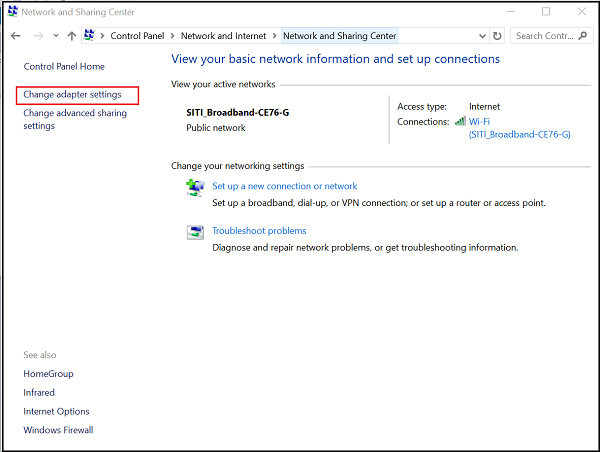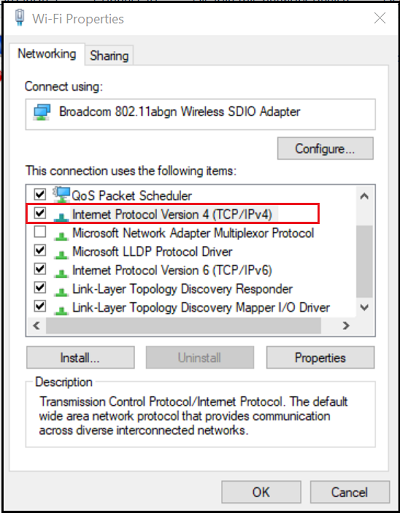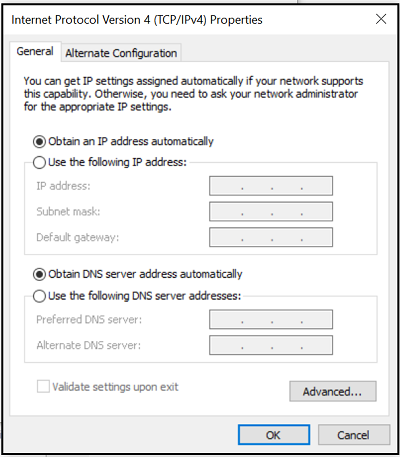Internet Protocol (IP) networks utilize Dynamic Host Configuration Protocol or DHCP as a standardized network protocol since it is a safe and reliable configuration. It enables users to dynamically and transparently assign reusable IP addresses. If you have a DHCP server installed and configured on your network, all DHCP-enabled clients can obtain IP addresses and related framework parameters every time they start and join the network. This helps immensely in reducing the time required to configure and reconfigure computers on a network.
However, sometimes you may experience trouble connecting to the Internet. After trying all troubleshooting steps, an error message is displayed on the screen, reading ‘DHCP is not enabled’. If DHCP is not Enabled on your Windows computer, then this post will show you how to enable or disable DHCP for Ethernet, Wi-Fi or Local Area Connection in Windows 11/10/8/7.
Fix: Unable to contact your DHCP Server error on Windows
Enable DHCP for Ethernet or Wi-Fi
Open ‘Control Panel’, type ‘Network and Sharing Center’ in the search box of the panel, and hit Enter key.
Click ‘Change Adapter Settings’ link visible under ‘Network and Sharing Center’ screen. If you are using an Ethernet connection, right-click the option and select ‘Properties’. If you have enabled a broadband connection, choose Wi-Fi and follow the same steps as mentioned above.

Next, under Ethernet/Wi-Fi Properties window, find and double-click the ‘Internet Protocol Version 4 (TCP/IPv4)’ item as shown in the screenshot below.

When done, Internet Protocol Version 4 Properties box will pop up. To turn DHCP on, simply check the radio boxes seen against-
- Obtain an IP address automatically – upper part of ‘General Screen.’
- Obtain DNS server address automatically – lower part of the ‘General Screen.’

Windows 11/10 will now be able to retrieve the IP address from the DHCP server. To disable the same, uncheck these options.
To confirm if DHCP is enabled or disabled, run the following command in CMD:
ipconfig /all
Here, you can see – DHCP Enabled … Yes/No.
If the problem persists, then check your Firewall settings and make sure that the firewall isn’t blocking your Internet connectivity. Some Antivirus software may block any unknown connection by default as a measure for tightening security. In this case, you may try to restore default settings for the Windows Firewall and see if it helps.
Related reads:
Leave a Reply